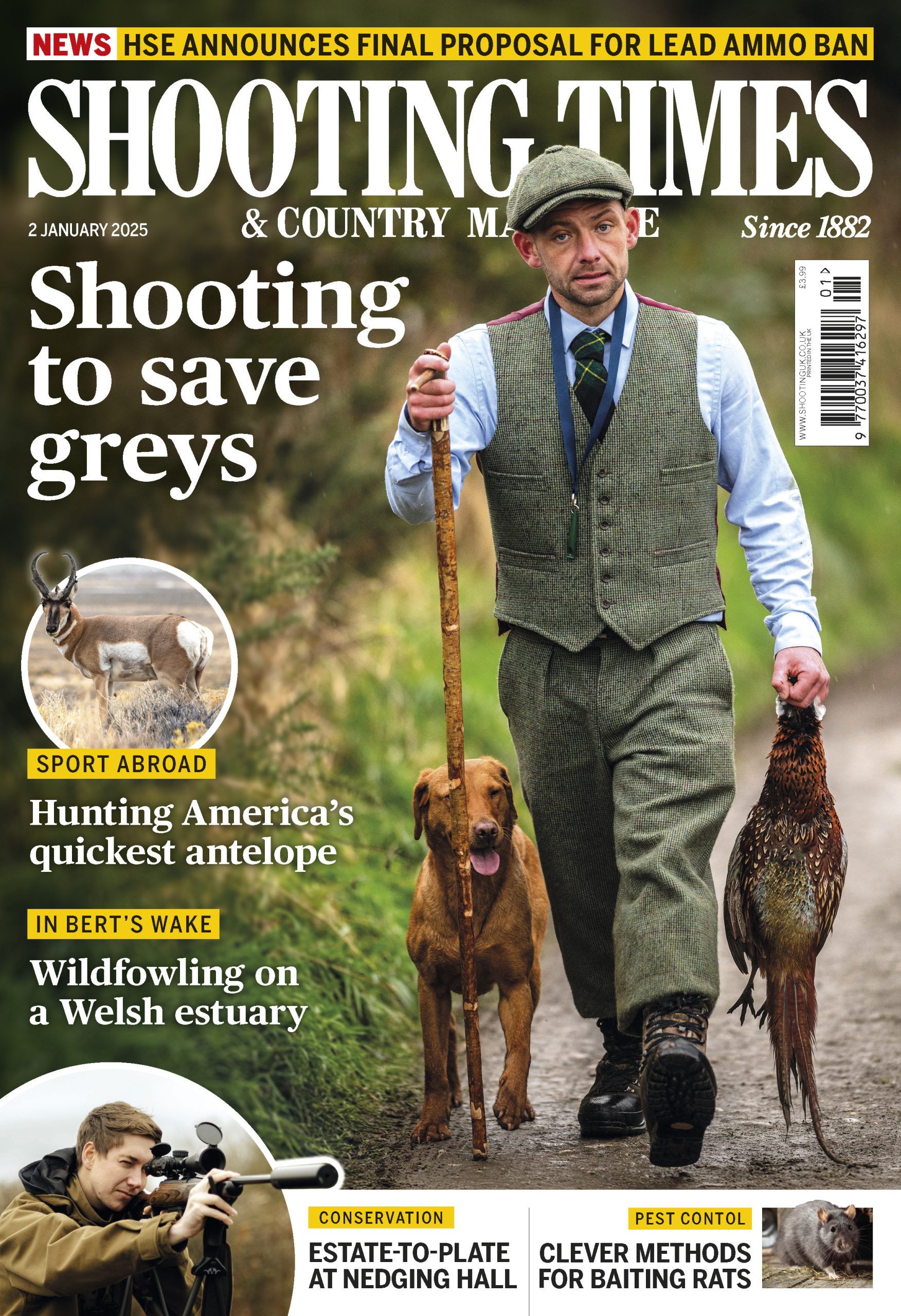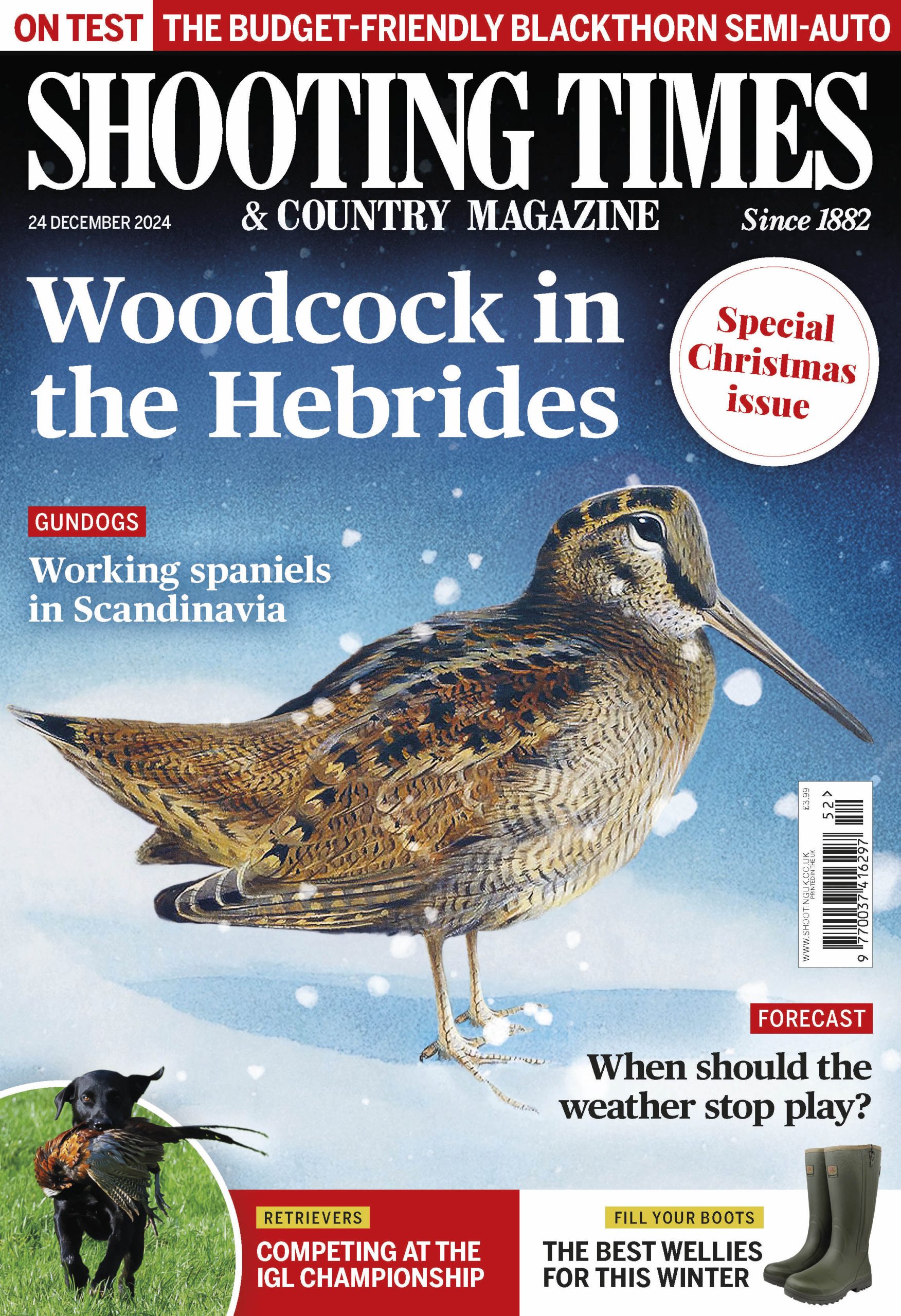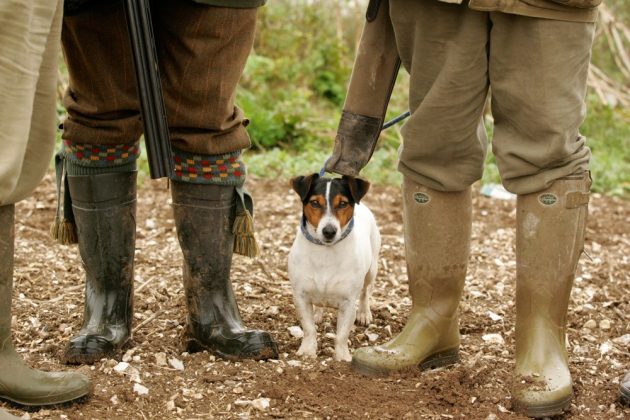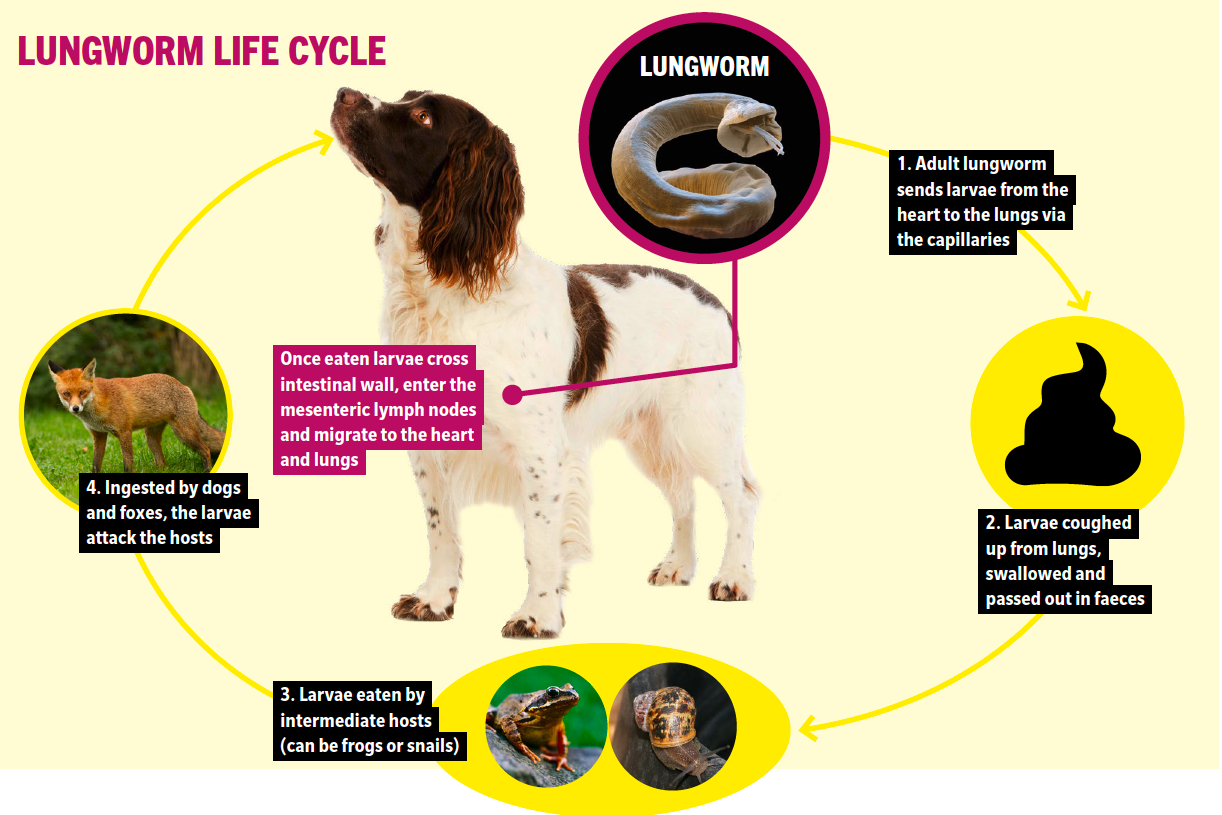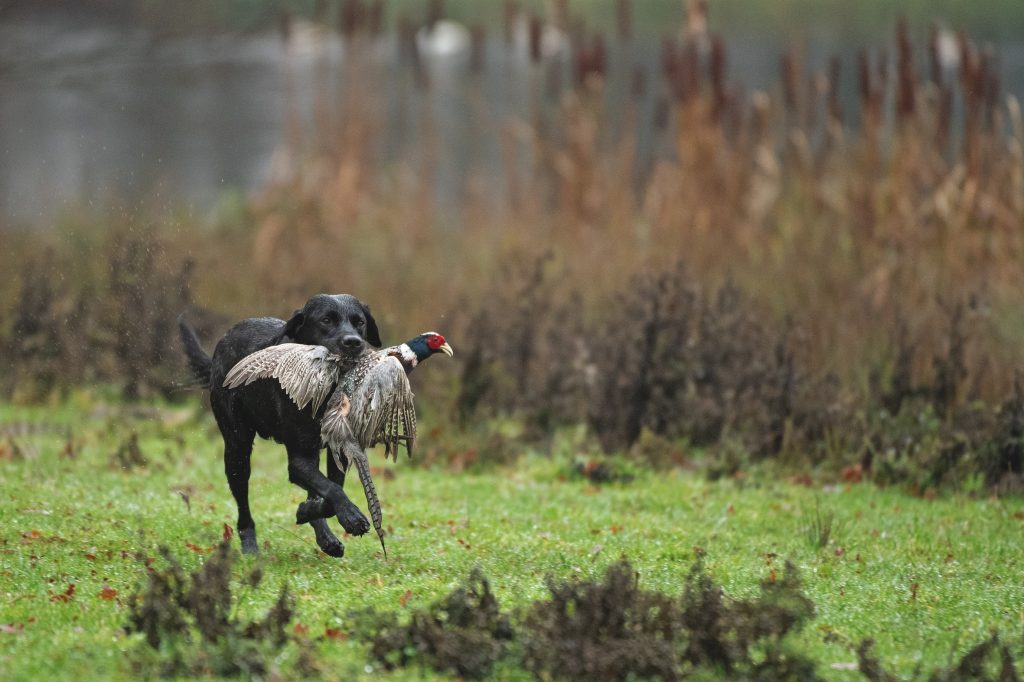Win CENS ProFlex DX5 earplugs worth £1,149 – enter here
Just how serious a threat is lungworm to dogs?
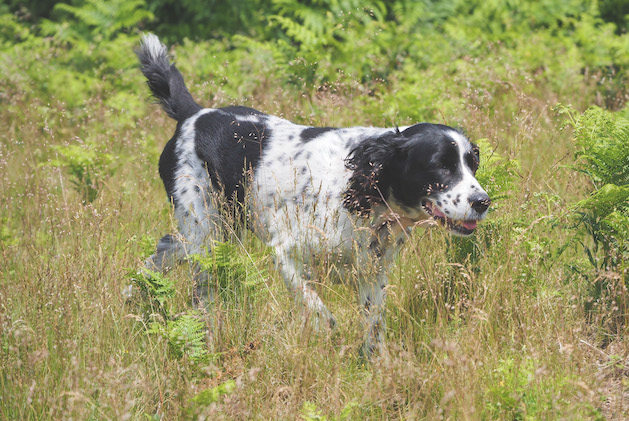 Long grass often harbours ticks
Long grass often harbours ticks
When the weather is warm, slugs and snails become much more active, which increases the risk of lungworm in dogs. Dogs that eat slugs, snails or frogs, even tiny ones eaten by accident, can catch lungworm from them.
(How pill pockets for dogs could make it easier to give tablets.)
How serious is lungworm?
A: Lungworm (Angiostrongylus vasorum) infection is what we call an “emerging” disease. Initially found mainly in the south of the UK, it is gradually becoming more common around the country.
Recent work done by the University of Glasgow School of Veterinary Medicine showed that around 10% of snails in public parks carried the intermediate stage of the parasite, while a survey of rural foxes demonstrated an incidence of 4.8% in the Midlands and 23.2% in the South East. The overall incidence of lungworm in foxes has increased from 7% in 2006 to 18% in 2014 and Mark Fox (really), Professor of Veterinary Parasitology at the Royal Veterinary College, found that 74% of foxes in the Greater London area were infected.
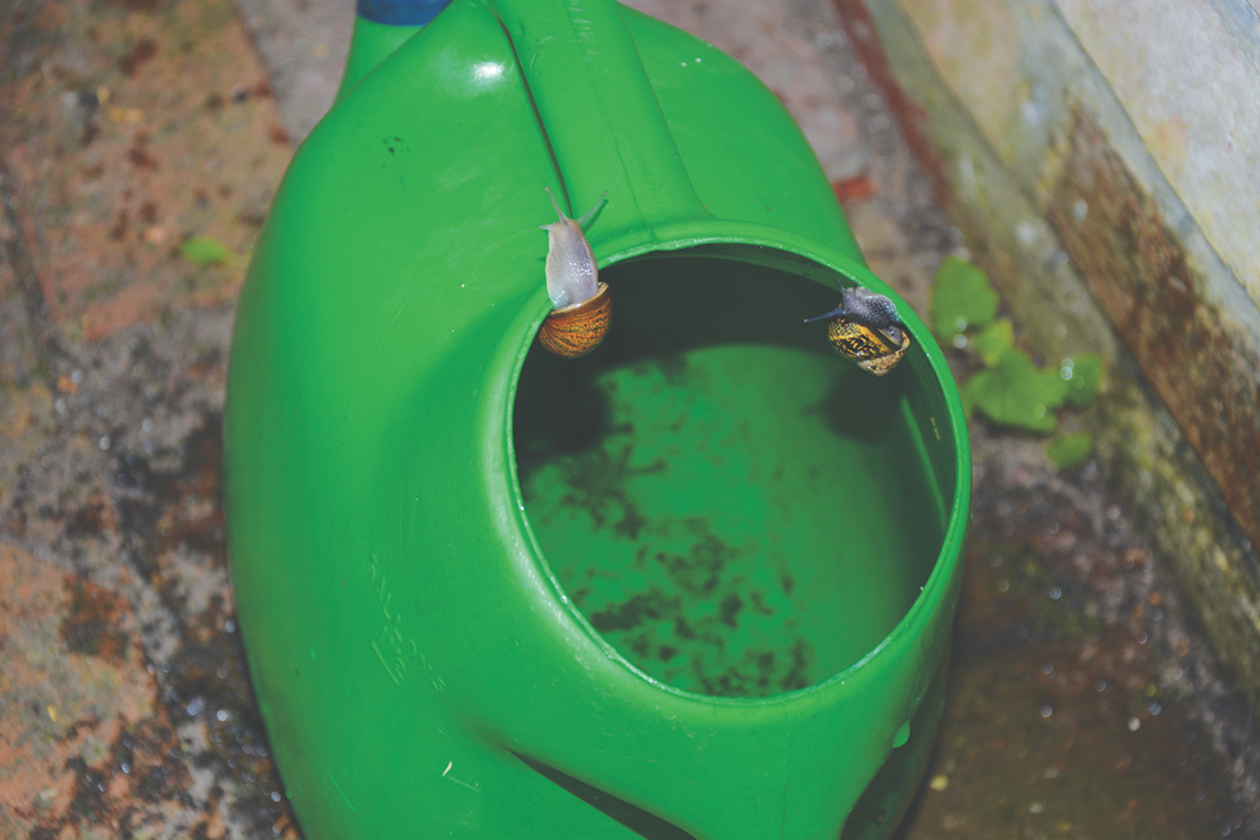
Snails can transmit lungworm to dogs
How is lungworm transmitted?
Lungworm is not passed directly from dog to dog; the worm needs a slug or snail host in order to grow and develop, and it is from eating larvae found in infected slugs and snails that dogs become infected. Dogs can, for instance, accidentally eat small infected slugs if they are on a toy left outside. (Read more on why you shouldn’t let your dog drink from puddles.)
The lungworm larvae grow inside the dog, and adult lungworms move through the dog’s body to live in the heart and blood vessels.
Spotting the symptoms of lungworm in dogs
Diagnosing lungworm in dogs can be difficult because symptoms vary, but they can include coughing, breathing problems, a reluctance to exercise and abnormal blood clotting. Lungworm can cause haemorrhages in the lungs, liver, intestine, eyes and spinal cord. Left untreated, lungworm infection can be fatal in severe cases.
If you see slugs and snails in your garden or when out exercising your dog, be extra vigilant. Always pick up and safely dispose of your dog’s waste and consult your vet if your dog becomes unwell. (Read how to make your dog vomit in an emergency.)
Serious diseases
Lungworm can cause chronic lung and heart disease, which might take months or years to develop. Possible issues are:
• Adult worms, larvae and eggs block pulmonary arteries
• Adult worms, larvae and eggs start inflammatory response in lungs
• Fibrosis of lungs
• Damage to other organs by migration
• Thrombosis
• Right-sided heart failure
• Coagulation disorders leading to unusual bleeding
• Granulomatous haemorrhage in the kidney and brain.
Coughing dog
Regardless of these, the most commonly seen clinical sign is coughing, so there is good reason to treat your dog when other causes of coughing have been excluded.
Treatments
Where dogs are actively infected, effective treatments are:
• Moxidectin-Imidacloprid (Advocate) spot-on, two doses a month apart
• Milbemycin oxime (Milbemax, Milpro) tablet, once weekly for four weeks
• Fenbendazole (Panacur) 25–50mg/kg daily for 5–21 days
• Routine control can generally be achieved by monthly Advocate spoton or Milbemycin tablets.
This article was originally written in 2018 and has been updated.
Related Articles
Get the latest news delivered direct to your door
Subscribe to Shooting Times & Country
Discover the ultimate companion for field sports enthusiasts with Shooting Times & Country Magazine, the UK’s leading weekly publication that has been at the forefront of shooting culture since 1882. Subscribers gain access to expert tips, comprehensive gear reviews, seasonal advice and a vibrant community of like-minded shooters.
Save on shop price when you subscribe with weekly issues featuring in-depth articles on gundog training, exclusive member offers and access to the digital back issue library. A Shooting Times & Country subscription is more than a magazine, don’t just read about the countryside; immerse yourself in its most authoritative and engaging publication.
